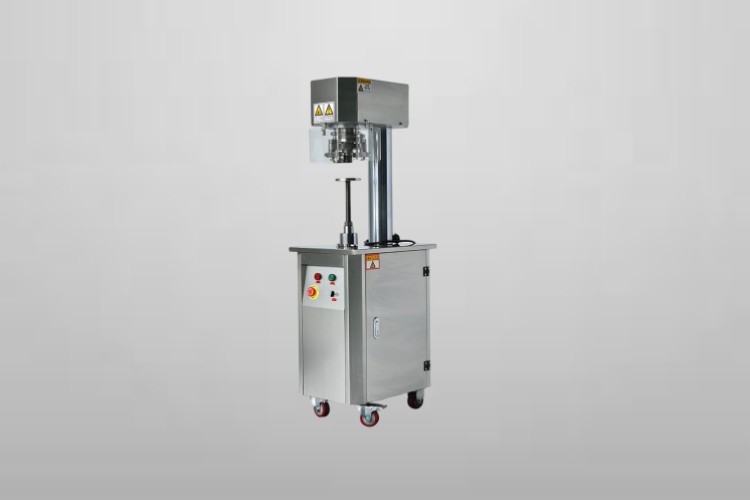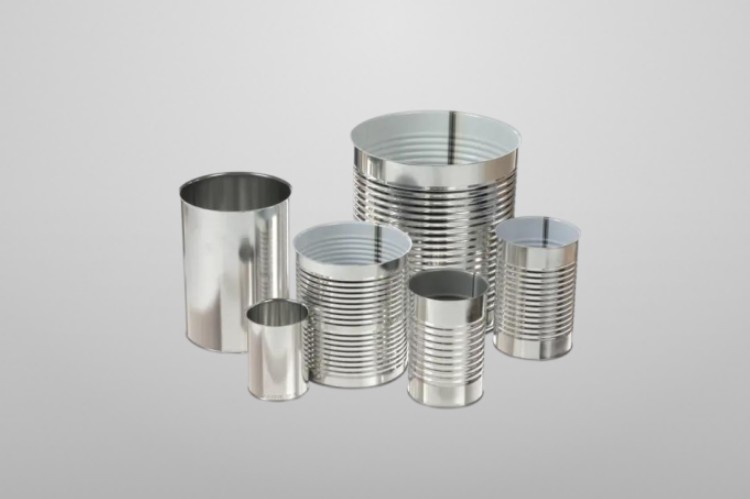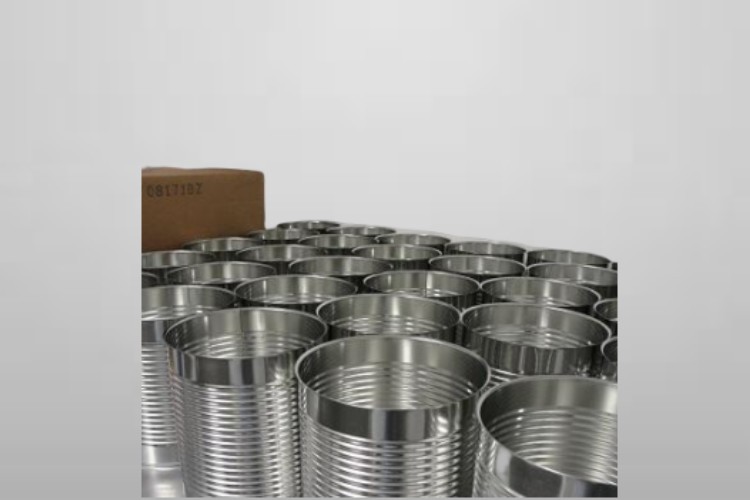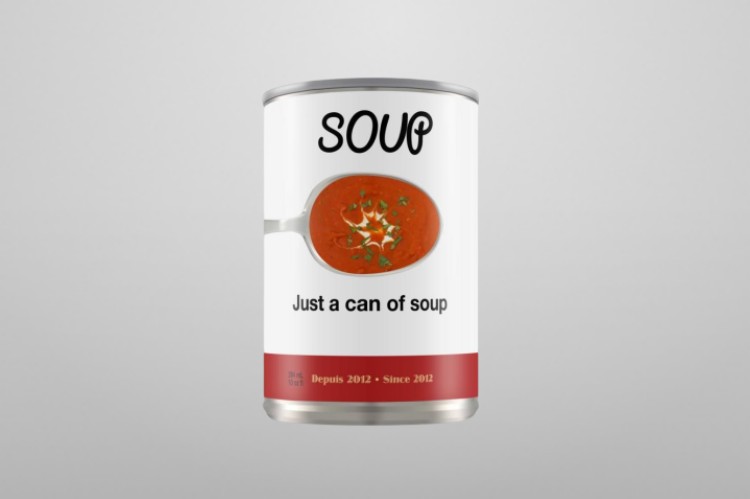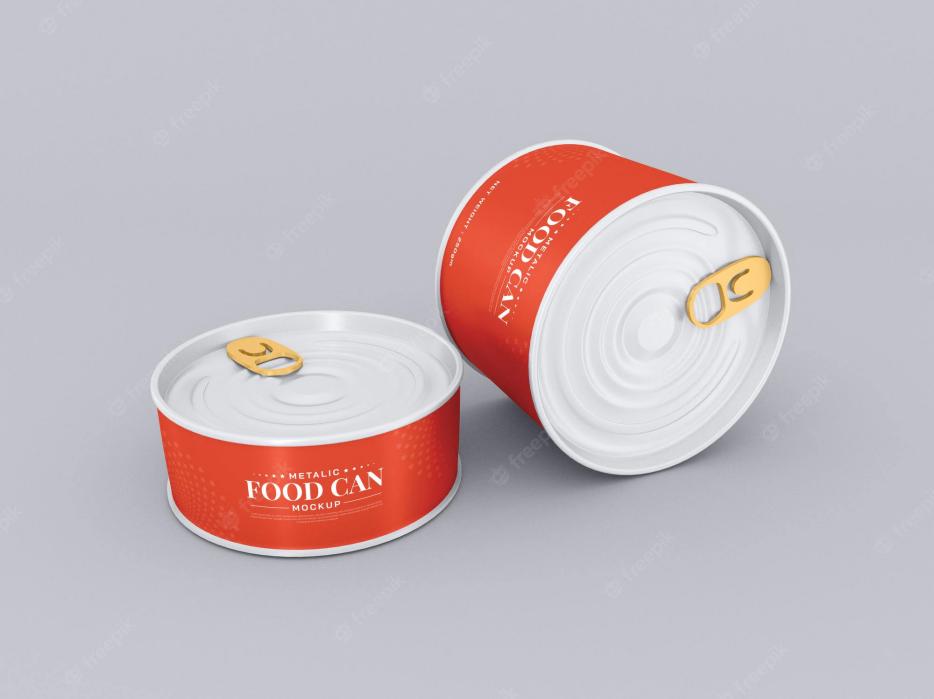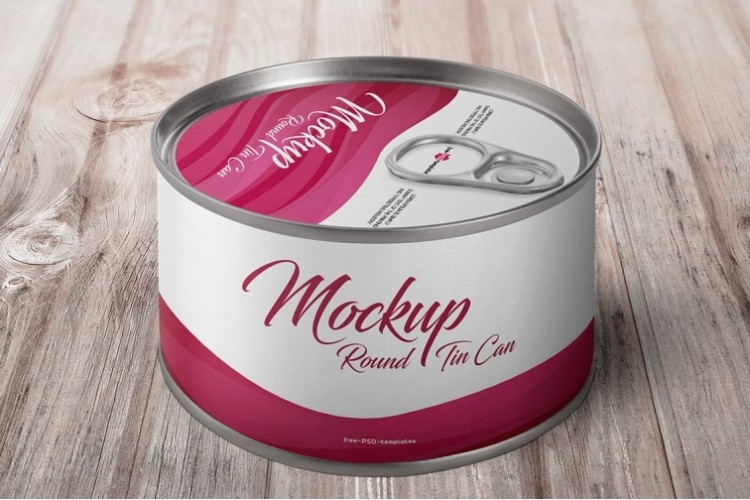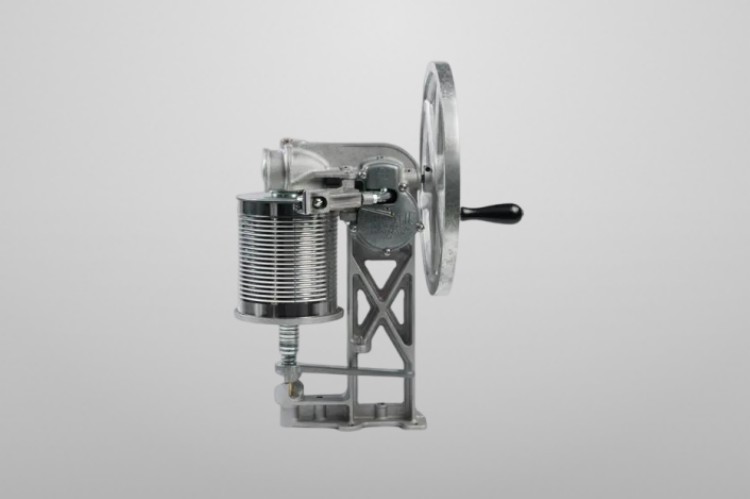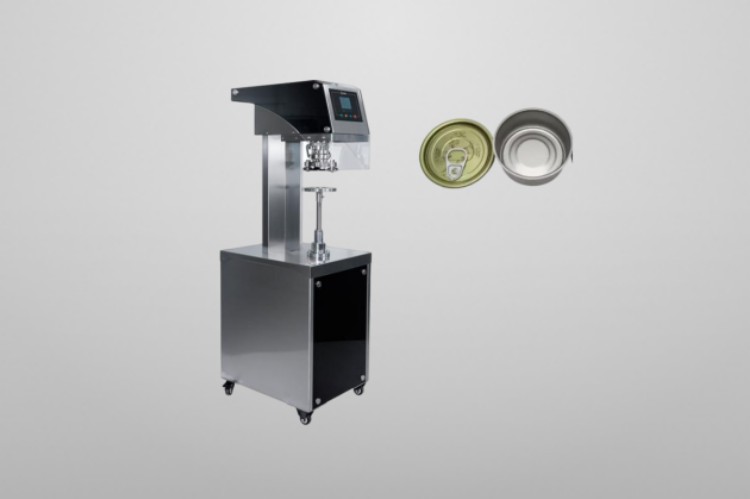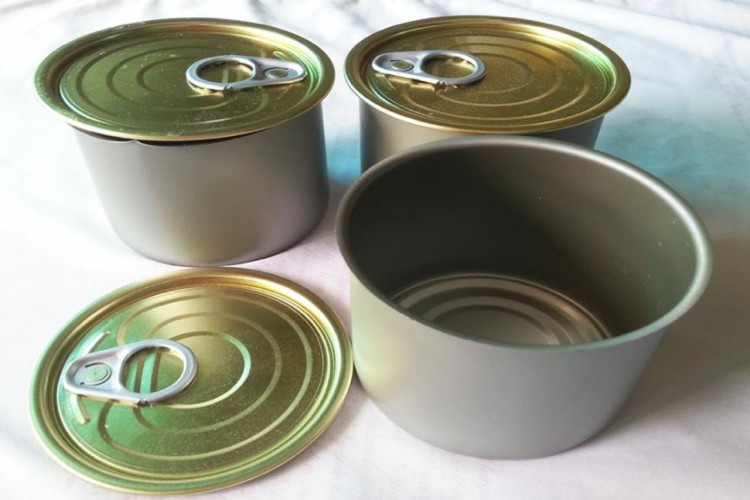How To Seal 10 Cans
Canning is an essential part of the production process for many businesses and entrepreneurs, especially those producing food items to market. From freshly made salsa to homemade jams and jellies, properly sealing cans before distribution can ensure that products reach their final destinations in a safe and sanitary state. And as a producer, mastering how to seal 10 cans at once can save valuable time in your production process.
Additionally, it will also provide peace of mind knowing that your products have been protected from any environmental contaminants or other hazards along their journey! Read on to discover our step-by-step guide on efficient canning methods so you can get your goods out as quickly as possible while still maintaining high product quality standards.
1.What is No 10 Cans?
No 10 Cans are large cans used for industrial production. They measure out to 10 inches in diameter and 4.5 inches deep, with a maximum capacity of 690 cubic inches. Also, they are made with a tin-coated steel and construction which makes them durable, airtight, and waterproof. These cans provide the perfect solution for long-term storage of items such as grains, beans, rice, flour, sugar and other dry goods.
Additionally, the lids feature a two-piece design with a rubber gasket to ensure an airtight seal and keep out pests, dust, and moisture. The No 10 Cans are also stackable for easy storage and transport. With the long-term shelf life of up to 25 years, these cans provide a convenient and economical way to package, transport and store food products in bulk.
2.10 Cans are Made of Which Material?
Most cans used for food and beverage packaging are made of aluminum or steel. Aluminum is lightweight, easy to shape, and resistant to corrosion. Steel is strong and durable, making it a good choice for products that require more protection from the elements. Both materials are recyclable, which makes them an environmentally friendly choice. In addition to aluminum and steel, some cans are made of tin-plated steel, which is more expensive but provides extra protection against corrosion.
No matter what type of material you choose, it’s important to make sure the cans are properly labeled with a list of ingredients and a recycling symbol. This will ensure that your customers have all the information they need about your product as well as helping to reduce waste and promote sustainability.
3.Which Products Can You Seal with 10 Cans?
Canning is a great way to save food and money. With 10 cans, you can seal countless products for storage. Here are some of the most popular items that can be sealed with 10 cans:
- Soup
Soup cans can be used to store soup for up to two years, as long as they are properly sealed and stored in a cool, dry place. The can does not need to be sterilized before use and provides an effective barrier against bacteria and other contaminants.
- Pet food
Canned pet food is an ideal way to store food for your furry friends. It is important to ensure that the can is properly sealed using 10 cans, as this will keep moisture and bacteria out of the pet food.
- Fruit
Canning fruit in 10 cans is a great way to preserve it for up to two years. Fruits like apples and pears can be canned and stored in a cool, dry place. The cans should be properly sealed to prevent spoilage.
- Vegetables
Just like fruit, vegetables can also be canned in 10 cans to preserve them for up to two years. It is important to ensure that the cans are properly sealed and stored in a cool, dry place.
- Pickles
Another food item that can be sealed in 10 cans is pickles. This will preserve the crunch of the pickle and help maintain its flavor for up to two years. It is important to ensure that the cans are properly sealed and stored in a cool, dry place.
- Jams and jellies
Canned jams and jellies can be stored in 10 cans to preserve their flavor and texture for up to two years. It is important to ensure that the cans are properly sealed and stored in a cool, dry place.
- Sauces
Sauces like tomato sauce, BBQ sauce, and mustard can be canned in 10 cans to maintain their flavor and texture for up to two years. It is important to ensure that the cans are properly sealed and stored in a cool, dry place.
4.How to Seal Size 10 cans
When it comes to sealing Size 10 cans, you have two options. Manual sealing and automatic sealing can both be effective.
- Manual sealing
Manual Sealing is a more affordable option that involves using a manual presser or hand sealer. With this method, the lid of the can is placed on top of the body and pressure is applied to the top to secure it in place. This method is great for smaller batches of cans, but can be time-consuming when dealing with larger volumes. However, when using this method, make sure to take your time and properly adjust the settings of the can seamer for the best results.
- Automatic sealing
Automatic Sealing is a more automated option that uses machines and conveyor belts to quickly and efficiently seal several cans at once. It also eliminates any potential contamination from human contact with the can, making it a great choice for food and beverage cans. The method is more expensive than manual sealing, but it can save you time and money in the long run.
Both methods have their pros and cons, so it’s important to weigh these factors before committing to either option. Ultimately, the right way to seal Size 10 cans depends on your individual needs and budget.
So, whichever method you choose, make sure to follow proper safety protocols when sealing Size 10 cans. Wear the right protective gear, such as gloves and eye protection, and make sure to read all instructions carefully. Additionally, it’s important to inspect each can after sealing to ensure the quality of the seal.
5.What are the Benefits of sealing 10 cans the Right way?
As an investor, you want to ensure that your products reach their destination in perfect condition. That being said, here are some of the benefits of sealing 10 cans the right way:
- Airtight Seals
Sealing 10 cans the right way will create an airtight seal to ensure that food or other contents remain fresh for a longer time. This prevents mold, bacteria and germs from entering the can and spoiling the product.
- Improved Food Preservation
Right sealing also helps in preserving the taste and texture of the food stored in cans, as airtight seals keep moisture and oxygen away from the contents.
- Reduced Waste
Sealing 10 cans the right way also helps to reduce waste by ensuring that all contents remain intact without spilling out or going bad due to environmental factors.
- Prevention of Contamination
Sealing cans properly will also ensure that there is no contamination of contents, as airtight seals prevent bacteria and other contaminants from entering the can and spoiling the product.
Conclusion
Sealing cans is easy and quick with this information. From researching the different machines to preparing the cans for sealing and using proper technique, you now have confidence that you know what it takes to produce a superior quality can seam every time.Remember to research well before making your purchase – find a reliable machine that meets all of your packaging needs and always test out any new model extensively before investing in large quantities. And for all of your industrial sealer machine needs, contact Allpack today and get started!
Don't forget to share this post!
CONTACT US
Tell us your raw material and project budget to get quotations within 24 hours.
WhatsApp Us: +86 181 7101 8586
The Buyer's Guide
